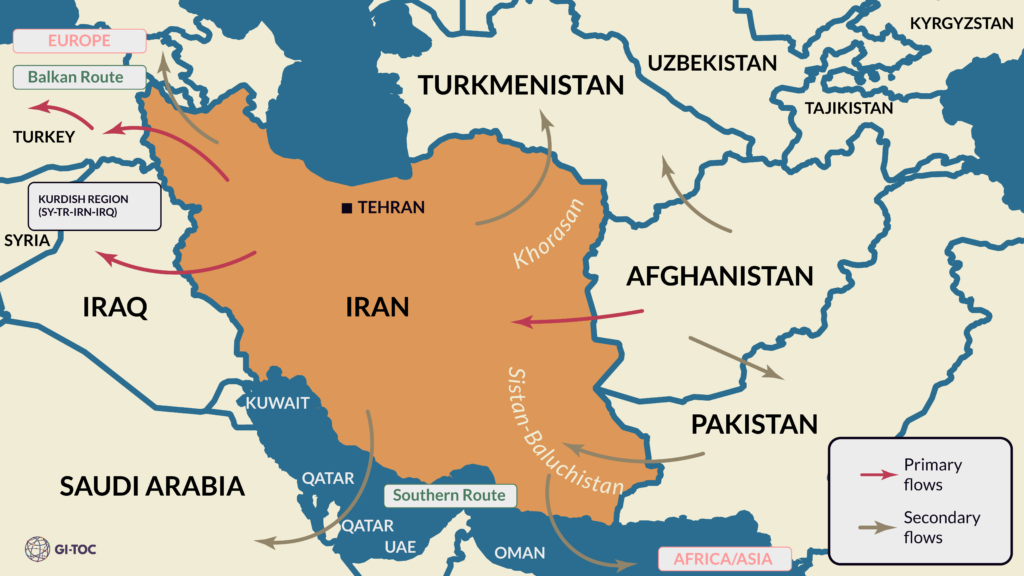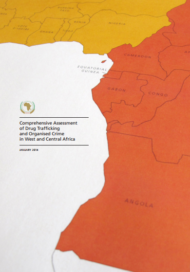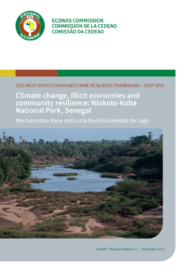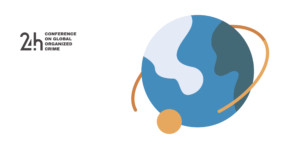Posted on 09 Jun 2023
Having long hosted Western Asia’s largest methamphetamine market, Iran for decades has employed an aggressive multi-million-dollar campaign to curb the trade. The discovery, however, of the ephedra plant in neighbouring Afghanistan – a source of ephedrine, a key ingredient for the drug – threatens to undermine Tehran’s efforts.
The decades following Iran’s 1979 revolution saw the country grow into a hub for the production of methamphetamine, or shisheh, as it is known locally. Tehran’s response to the growing epidemic has ranged from harsh law enforcement crackdowns, including death penalties, to paradoxically progressive harm reduction programmes and the regulation of its pharmaceutical industry.
Tehran’s measures to limit public access to medicines containing synthetic ephedrine – meth’s most common precursor – proved effective in making meth production riskier and less profitable. The number of meth ‘laboratories’ discovered by Iranian authorities dropped from 445 in 2013 to 141 in 2017, while production shifted to neighbouring countries.
In recent years, however, Iran’s meth market appears to be on the rise again. Seizures of 17 tonnes of the drug during the course of 2020 were equivalent to three times the volume seized in the previous year. Since then, seizures along the border with Afghanistan have been record-breaking. In 2022, the interception of 1 118 kilograms of crystal meth in the province of Khorasan, arriving in fuel tankers from Afghanistan, was Iran’s largest single meth seizure to date. If the trends that these seizures appear to indicate persist, the country’s meth market may have the potential to overtake its notorious heroin trade as its most pervasive illicit economy.
A natural source of ephedrine
The recent boom in Iran’s meth trade can be ascribed in part to the discovery of a natural source of ephedrine in Afghanistan, where meth production is expanding and feeding Iran’s illicit drug markets across the border. According to Iranian authorities, roughly 90 per cent of the meth intercepted in the country is thought to originate from its eastern neighbour, although questions remain as to whether these numbers have been blown out of proportion.
The ephedra plant occurs naturally in Afghanistan’s highland regions. Only in the last decade, however, have drug producers discovered its potential as a suitable ingredient for producing meth. Unlike synthetic ephedrine, which is extracted from over-the-counter pharmaceuticals and is labour-intensive to collect, the ephedra plant is a cheap and widely available alternative source.
The discovery of the plant as a source of ephedrine has provided a loophole for meth producers to get around Tehran’s drug regulations, and given new impetus to the region’s meth market while enabling producers to reduce costs by more than half.
With Western Asia’s drug trade booming, Iran is among the first to witness its impact. The country’s vast land mass stands at the crossroads of global trafficking flows, with illicit drugs and other commodities passing through the country and along the infamous Southern and Balkan drug trafficking routes en route to Europe.
Sharing a long border with Afghanistan, Iran serves as a transit corridor for surging amounts of Afghan meth being shipped westwards. The drug moves overland primarily to consumer markets in Europe and the Middle East, and by sea to Africa and beyond. In 2020, regionally produced meth was seized as far as Australia, where authorities intercepted 160 litres of liquid meth shipped from Iran, later discovered to have been sourced from Afghanistan using plant-based ephedrine.

The abundance of cheap meth in neighbouring Afghanistan has turned Iran’s border provinces of Khorasan and Sistan-Baluchistan into pivotal nodes in the global meth supply chain. The area’s mountainous and desert climate, coupled with low population density, allows traffickers along the border zone to move drugs into Iran undetected.
In these border areas, well-established smuggling groups move increasing quantities of meth using smuggling infrastructure and routes long used for trafficking heroin and opiates. In 2020, a shipment containing 1.7 tonnes of opium, 120 kilograms of heroin and 369 kilograms of cannabis was found containing also 98 kilograms of methamphetamine, seized on the Iranian-Afghan border.
Local smuggling groups, however, play only a relatively minor role in Iran’s broader organized crime ecosystem. In reality, they are just the foot soldiers in the country’s shadow economy that involves influential groups, including state-embedded actors accused of profiting from – or even facilitating – illegal activity.
The country’s Islamic Revolutionary Guard Corps (IRGC), a branch of the armed forces, which controls the country’s borders, has allegedly been involved in the region’s drug trade, including, reportedly, high-level officials. The IRGC has been accused of ‘taxing’ illicit drugs at border crossings. If this is indeed true, the influx of meth into Iran may offer further profit-making opportunities for the IRGC, whose activities have been tied to much of the conflict and instability plaguing the Middle East.
Spillover production
The accessibility and affordability of the ephedra plant not only enables Iran to grow its role as a meth transit hub, but also paves the way for a production upswing of meth in the country. Prior to the Taliban’s takeover in Afghanistan, costs for the dried plant in that country reportedly dropped to as low as US$0.74 per kilogram. In December 2021, the new Taliban-run government instituted a ban on the harvesting of the plant. Despite this, reports suggest that the ephedra trade continues to flourish. Low prices offer Iranian producers a cheap supply of raw ingredients to make meth, with less risk associated with manufacturing the drug from synthetic sources.
While countries in the region often do not test seized meth for its source, the European Monitoring Centre for Drugs and Drug Addiction has reported ‘significant seizures’ of both the ephedra plant and its derived ephedrine by Iranian authorities on the Afghan border. In 2021, plant-derived ephedrine was found to be smuggled into Iran from Afghanistan along with liquid meth, which was reprocessed in Iran into its crystal form and distributed among consumers domestically and worldwide.
A looming epidemic
Iran’s booming meth market paints a bleak picture of the future for Iranian society. Currently, the country is grappling with one of the highest addiction rates in the world. It is estimated that at least two to three million Iranians use drugs daily, roughly 3 per cent of the population. And although exact figures are lacking, there have been reports suggesting meth use has been on the rise.
The growing use of this highly addictive drug in Iran is closely linked to its availability and affordability. The influx of the drug into the country has resulted in a significant drop in street prices, by reportedly over 50 per cent, making it accessible even to the country’s most impoverished. In Iran’s eastern provinces in 2021, a gram could be bought reportedly for as little as US$0.26, or half the price of a loaf of bread.
The discovery of the ephedra plant as an alternative source of ephedrine raises serious concerns about Iranian drug traffickers becoming even more dominant players in the global meth trade. Vulnerabilities in the region, including widespread poverty, ineffective law enforcement efforts and the presence of influential groups profiting from the trade, give little reason to expect the meth market in Iran, or in its neighbours, to slow down any time soon.
This analysis is part of the GI-TOC’s series of articles unpacking the role of drugs in organized crime in Western Asia. The series explores, from a regional perspective, how drug trafficking is influenced by instability broader geopolitics, the effects it has on local dynamics throughout illicit supply chains and its wider global impact. Sign up to our Western Asia mailing list.



